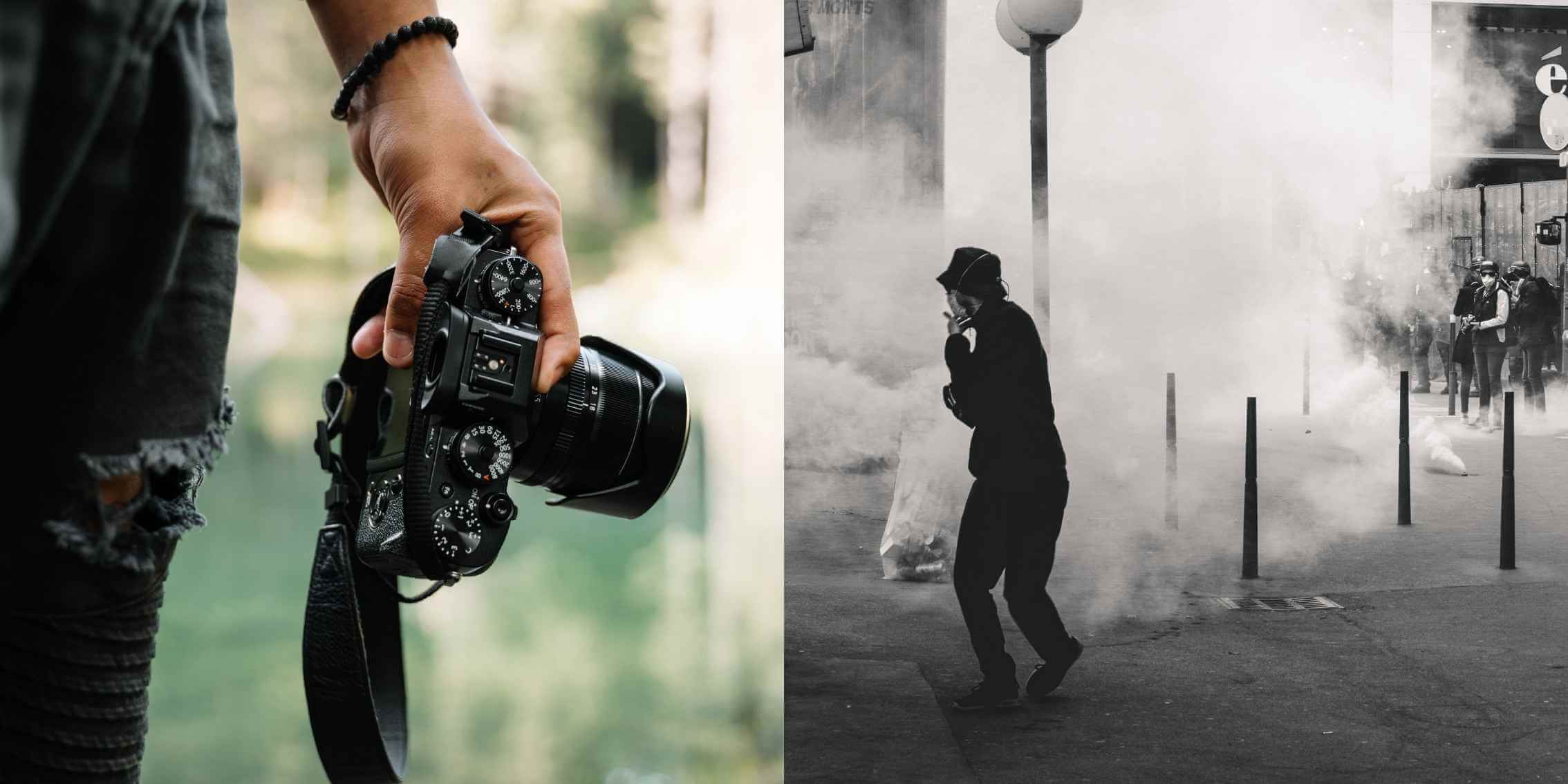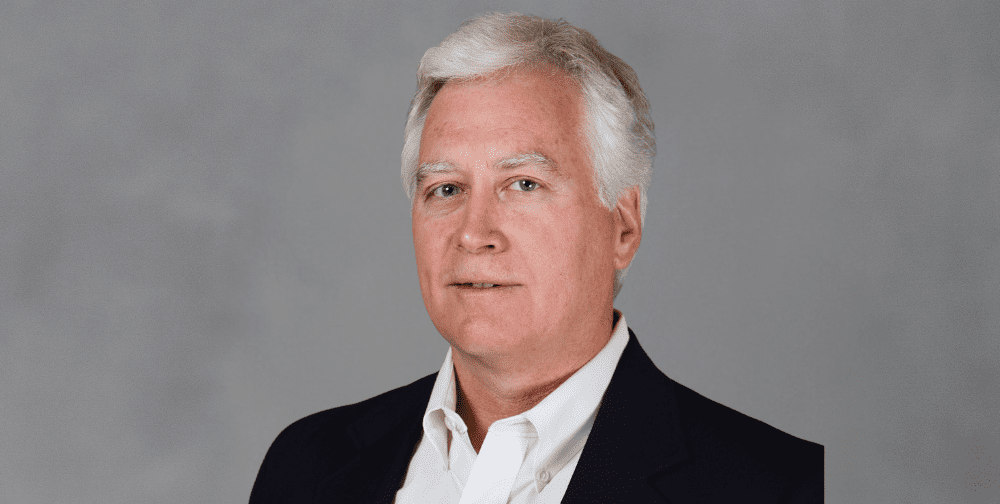Visual journalism — widely recognized as the core of photojournalism — has long shaped how societies interpret the world. Today, in a media landscape dominated by digital content and real-time information sharing, its role is increasingly crucial. Professionally captured photographs allow audiences to access reality directly, offering context and emotional clarity that text alone cannot always provide.
Through global news photography, the public gains insight into events and communities they may never personally encounter. Visual journalism remains a trusted foundation of truth in an era challenged by misinformation, reduced media trust, and overwhelming information flow.
The Universal Language of Photographs
Images transcend language barriers and convey meaning instantly. A photograph can:
- Communicate urgency and emotion faster than text
- Provide visual context that eliminates ambiguity
- Capture the essence of a moment for future generations
Photojournalism illustrates:
- Human impact during conflict and disaster
- Cultural identity and social movements
- Environmental change and scientific advancement
- Major political and sports milestones
- Everyday life in diverse global contexts
A single photograph can define a moment in history, influence political discussions, or spark empathy that motivates humanitarian support.
Photojournalism as a Guardian Against Misinformation
The spread of digitally manipulated images is one of the greatest challenges facing modern media. The rise of deepfakes and unverified user-generated content increases the risk of misleading audiences.
Professional photojournalists counter this threat by:
✅ Verifying authenticity and context
✅ Working under strict ethical frameworks
✅ Coordinating with newsroom editors
✅ Preserving credibility through accountability
Reputable media organizations rely on editorially verified images to maintain accuracy in reporting — essential to maintaining public trust.
Enhancing Public Understanding and Memory
Studies consistently show that information paired with visuals leads to:
- Higher retention
- Greater emotional resonance
- Increased engagement
The most influential journalism often pairs text and photography, helping:
✅ Simplify complex topics
✅ Humanize large-scale issues
✅ Inspire civic participation and informed action
Visual journalism ensures the message is not only communicated — but remembered.
Driving Social Accountability and Transparency
Visual journalism documents reality in places where the public cannot always go. Photojournalists act as independent witnesses, recording evidence in situations where access is restricted or censored.
They play a critical role in:
- Human rights accountability
- Environmental documentation
- Reporting government and corporate actions
- Civil society and democracy movements
Images often become part of the evidentiary record for historical archives, policy change, and legal accountability. When photographs circulate globally, issues that might otherwise remain unseen gain essential visibility.
The Evolution of Digital Photojournalism
Technological innovation has transformed how visual journalism is produced, distributed, and consumed. Today’s professionals operate a versatile set of tools:
- High-speed digital cameras optimized for field reporting
- Drone photography enabling new vantage points
- Secure mobile transmission for real-time publishing
- Multimedia formats including video and interactive visuals
- Artificial intelligence for accelerated metadata processing
The core purpose of journalism remains unchanged — but the methods are faster, broader, and more adaptable than ever.
The Role of Visual Journalism in Crisis Communication
During natural disasters, pandemics, and sudden geopolitical events, photojournalism provides clarity when information is uncertain.
Images:
✅ Show verified conditions on the ground
✅ Guide emergency awareness and response
✅ Help international audiences evaluate the scale of crises
Powerful photographs can mobilize relief efforts and influence global prioritization.
Visual Journalism Strengthens Cultural and Global Understanding
Not all news is defined by conflict or crisis. Photojournalism also highlights:
- Cultural heritage and identity
- Innovation and scientific advancement
- Achievements in sports and human performance
- Arts, architecture, and global lifestyles
These images counterbalance sensational narratives and present a fuller, more nuanced view of humanity. They foster cultural appreciation and global curiosity.
Professional Ethics Protect Subjects and Audiences
Accountability is central to credible photojournalism. Professional standards ensure:
- Respect for the dignity and privacy of subjects
- Informed decision-making in sensitive environments
- Avoidance of staged or manipulated imagery
- Compliance with international legal guidelines
Ethics help maintain the line between journalism and exploitation — especially when documenting trauma or vulnerable communities.
NurPhoto’s Commitment to High-Quality Photojournalism
NurPhoto, a leading international photo agency, supports a global network of photographers who report breaking news, cultural developments, and world events. The agency prioritizes responsible and impactful visual journalism through:
✅ Verified imagery
✅ Accurate captions
✅ Editorial review and fact-checking
✅ Ethical and legal compliance
NurPhoto’s extensive archive of global news photography provides diverse representation and timely documentation across continents.
Explore the collection: https://www.nurphoto.com
Accessible Storytelling in the Digital Age
As social platforms and digital news outlets reshape consumption habits, audiences increasingly seek visual-first content. Photojournalism:
- Increases headline engagement
- Encourages article completion rates
- Enhances accessibility for global audiences
Visual journalism ensures essential stories remain visible — no matter where or how readers consume news.
Visual Journalism and Historical Memory
Photography freezes real events in time. Decades later, photographs continue to shape how history is remembered. Images become:
- Educational tools
- Archival assets
- Evidence for historians and researchers
- Cultural reference points
Without photojournalism, much of contemporary history would go undocumented or forgotten.
Future Outlook for Photojournalism
As the world becomes more interconnected, demand for reliable and real-time news imagery will continue to grow. The future of the profession will be defined by:
- Continued innovation in technology
- Expanded access to underreported regions
- Collaboration between agencies and independent journalists
- Enhanced safeguards against manipulation and disinformation
Photojournalism will remain the backbone of trusted, visual reporting — ensuring global stories are captured truthfully and distributed responsibly.
Conclusion: Why Photojournalism Will Always Matter
Visual journalism matters because the world needs:
- Clarity
- Truth
- Human connection
Photojournalism ensures the public can witness reality for themselves, beyond headlines or commentary. It provides transparency where opacity once prevailed and empathy where distance once existed.
As global events continue to shape the future, the photographers documenting these stories remain essential contributors to society’s collective understanding.
Visual journalism is not just a method of storytelling —
➡️ It is a service to truth
➡️ A record of history
➡️ A catalyst for connection
And with agencies like NurPhoto supporting global photographic reporting, photojournalism will continue guiding public awareness — one powerful image at a time.





























